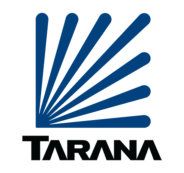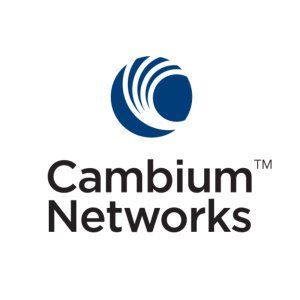UKWISPA Membership soars as Fixed Wireless Access Broadband elevates to mainstream
The number of Fixed Wireless Access internet providers across the UK jumps as homes and businesses create demand for faster broadband. Ofcom, the regulating body of UK communications services, has also joined the UK Wireless Internet Service Providers Association (UKWISPA), the official trade body recognised by UK authorities for the high-standard delivery of internet access services. Becoming a key stakeholder in UKWISPA, Ofcom is recognizing fixed wireless as a mainstream broadband service to the public.
“In light of our current climate where remote working, education and socialisation has become the norm, the public are becoming especially frustrated with the lack of improvement to the broadband landscape. Much of this remote interaction is likely to continue past the COVID-19 crisis and, as a result, more help is needed to ensure that everyone receives the adequate bandwidth to suit this new way of life,” said David Burns, Chairman of UKWISPA. “UKWISPA members have been dedicated to doing so for decades, but the role of fixed wireless is now more important than ever. The recent support from Ofcom and surge in members, together with the release of next-generation multi-gigabit wireless systems are all key indicators of the vital role of Fixed Wireless in addressing the urgent need for better quality internet access for everyone.”
20 New Members
Ofcom joins the likes of Briant Communications, Voneus and GigaAir as recent new members of UKWISPA, taking total membership to over 100. To kick start their involvement, Ofcom is consulting with UKWISPA to include Fixed Wireless Access (FWA) broadband in their formal annual Connected Nations report. This puts FWA technology alongside fixed line, fibre and mobile connectivity as the primary connection options for homes and business.
There is, certainly, a pattern to this frustration, with more rural areas such as the rural north of England, Northern Ireland, much of Wales and Scotland suffering some of the slowest broadband speeds due to lack of network development. The issue is affecting both residential and corporate users and is becoming more problematic as the line between these two demographics become ever blurred in recent months.
Fixed Wireless Recognised as Mainstream
“As a regulator, Ofcom sets the rules, allocates the spectrum and sets the policies for broadband,” continued Burns. “By joining UKWISPA, a symbiosis is created where wireless operators can affordably and efficiently improve their broadband quality whilst providing Ofcom with the valuable data required to roadmap a plan for improving connectivity nationwide. Collaboration is key to succeed in a mission of this scale, and we are excited to work with Ofcom, support operators and provide better broadband to rural and suburban communities.”
























